This is an aerial view of modern day Cuzco. In the center of the picture, the cathedral of Cuzco can be seen.
Click on image for full size
Image courtesy of Corel Photography
Cuzco
This is an aerial view of Cuzco. In the center of the picture, the cathedral of Cuzco can be seen. This cathedral was built in the 17th century.
Cuzco is located in Southern Peru. It is the ancient capital of the Inca Empire. It is the oldest, continuously occupied city in the Americas. In ancient times, Cuzco was the ceremonial capital and hub of the Inca road network which made up of about 40,000 kilometers (25,000 miles) of roads.
Ancient Cuzco was also closely linked to the Sun. In fact, at the center of the ancient Cuzco, there was a Temple of the Sun called Coricancha. It is thought that Coricancha served as an observatory for solstices, equinoxes, eclipses and other important time markers. Religious rituals and daily life (such as in the planting of crops) were based on these time markers. From Coricancha emanated 42 sacred lines or ceques. Along these ceques, there were shrines or huacas that were important to the Incas. These huacas could be anything from canals to fountains to stone markers.
You might also be interested in:
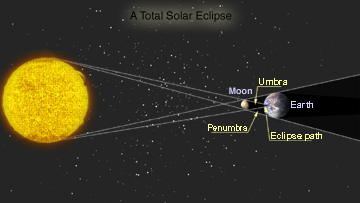
An eclipse of the Sun occurs when the Earth passes through the Moon's shadow. A total eclipse of the Sun takes place only during a new moon, when the Moon is directly between the Sun and the Earth and
...more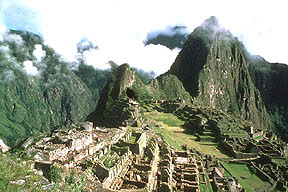
Peru's new president, Alejandro Toledo, was sworn in on July 28, 2001. The next day he took part in traditional ceremonies asking for the blessing of the Incan gods. Toledo is himself one of 16 children
...more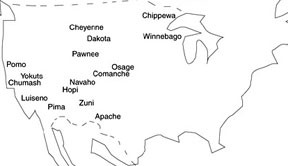
By 30,000 B.C,. Asian hunter-gatherers had crossed the Bering Strait into North America. These people were the first to inhabit this new land and so they are known as the Native Americans of North America.
...more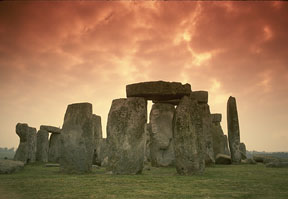
"The movements of the heavenly bodies are an admirable thing, well known and manifest to all peoples. There are no people, no matter how barbaric and primitive, that do not raise up their eyes, take note,
...more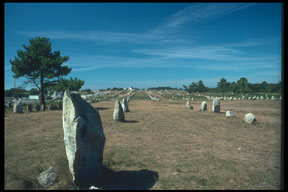
The stones of Carnac, France, are probably the most famous stones markings outside of those found at Stonehenge in England. Where Stonehenge is composed of standing stones, the Carnac area has many different
...more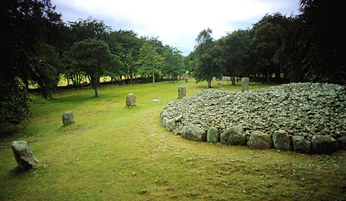
Not too far from Loch Ness, where the green highlands of Scotland rise and fall there lies three giant cairns of stones. They are called the Balnuaran of Clava. The Balnuaran of Clava, giant tombs encased
...more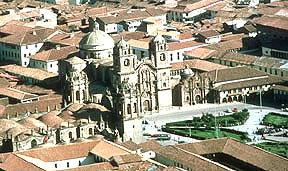
This is an aerial view of Cuzco. In the center of the picture, the cathedral of Cuzco can be seen. This cathedral was built in the 17th century. Cuzco is located in Southern Peru. It is the ancient capital
...more














